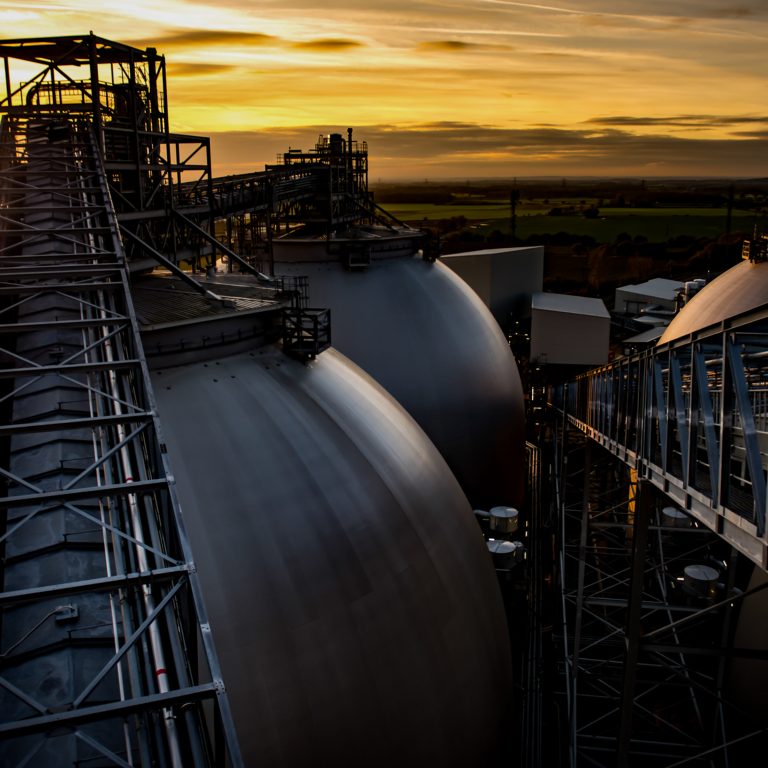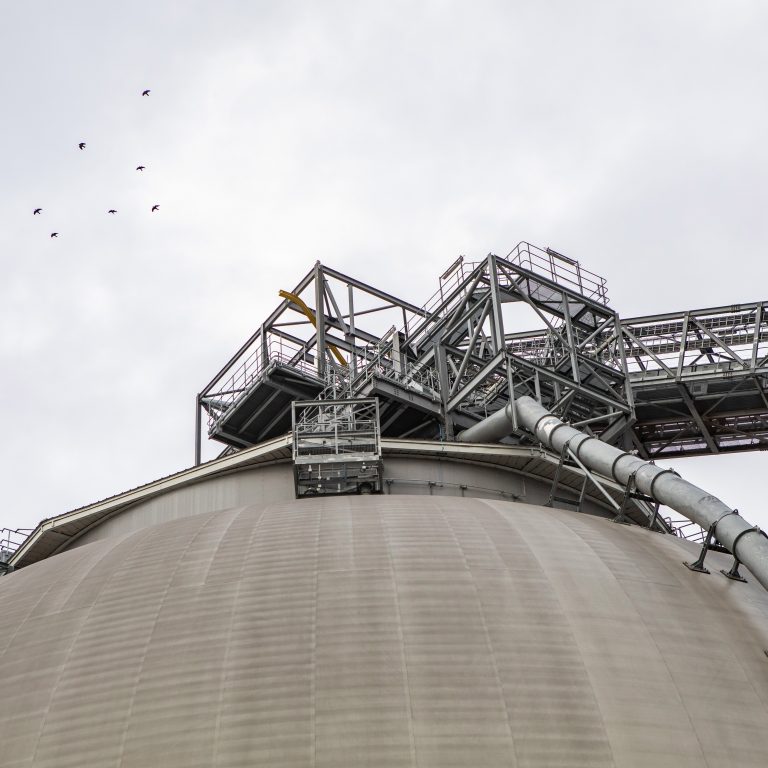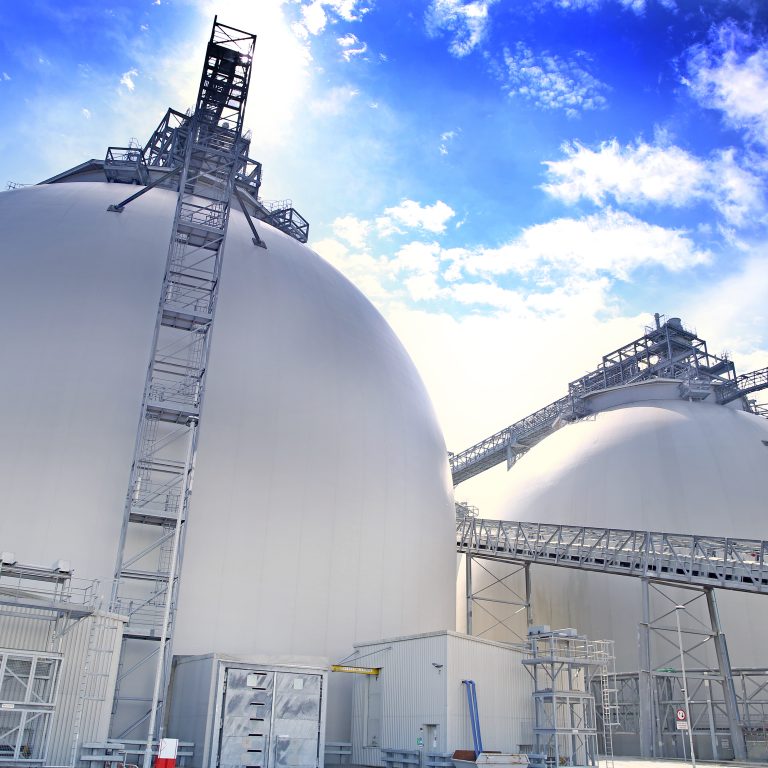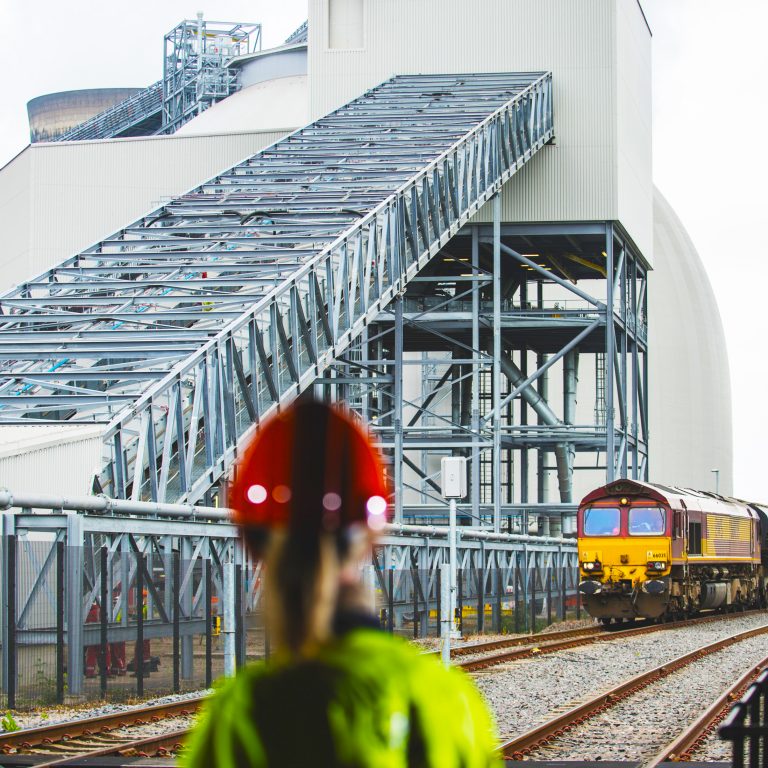Britain has some big energy targets ahead of it – namely an 80% reduction in carbon emissions by 2050 compared to 1990 figures. A renewable energy future is not an optimistic target, it is a necessary one.
But for this picture to also be a practical one it needs to be affordable. A study from NERA and Imperial College London, commissioned by Drax, suggests there are ways for renewable technology to be cheaper than it currently is.
In fact, in one scenario they looked at, there could be savings to the tune of £2.2 billion.

Incentivising decarbonisation
It’s a positive and necessary support mechanism. However, some renewable technologies, like compressed wood pellets, a form of biomass, are excluded from participating in upcoming the auctions scheduled between 2017-20. Why is this?
Missing the bigger picture
Currently, CfD support is based on how much a particular type of electricity costs combined with how much it takes to build and maintain the facility used to generate it. This figure is what’s called the ‘levelised cost of energy’ (LCOE). The spanner in the works comes in that not all costs are considered in making this judgement.
Powering a country requires more than just a power source. We need ancillary services like backup power to get the country back on the rails in the event of large-scale blackouts, and voltage control to ensure electronic devices continue to work and that power can move around the network. The costs associated with these services – system integration costs (SICs) – are excluded from the CfD equation.
Sources like wind and solar, being intermittent, can’t offer most of these on-demand ancillary services but we still need them to play a part in the UK’s energy supply. Biomass facilities can provide a number of these itself, meaning it actually has a negative SIC cost.
However, in the current pricing system – ignoring these associated costs – biomass is considered more expensive than onshore wind and solar. With the high SIC costs for wind and solar included, biomass is in fact the cheapest option.
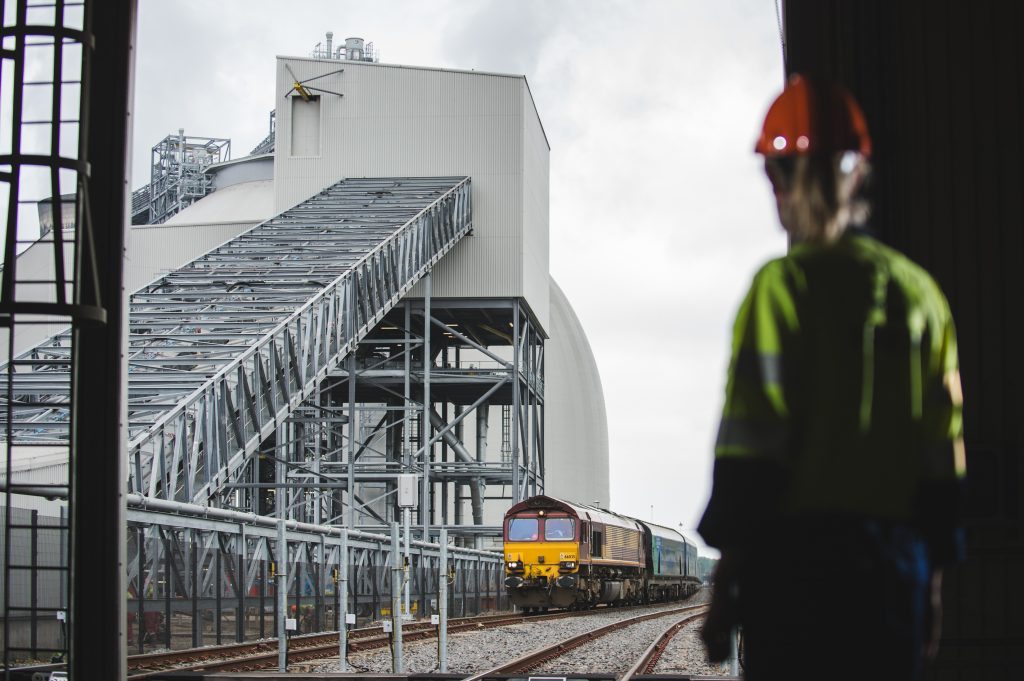
Finding the right mix
This is not to say that solar and wind are not an integral part of a more renewable future. A truly flexible low carbon, high voltage electricity grid should be a mix of elements. Current rules do not look at the full picture, and are ruling out important alternatives, but there are possible solutions. One could be unifying the markets.
There are four markets that feed into the UK’s electricity supply and there’s little transparency or cohesion between them. This leads to inefficiencies.
Jens Price Wolf, Regulations and Market Director at Drax, explains: “Solar is the cheapest renewable, diesel is the cheapest option in the capacity market and gas will be the cheapest for energy production.”
By considering each market as separate you end up buying the cheapest solution for that individual purpose rather than considering its performance across all. This misses out solutions that can benefit the whole system.
“Biomass might be the second cheapest option in each field,” says Wolf. “So supporting investment to upgrade existing coal power stations with biomass technology satisfies multiple needs and leads to it being ultimately cheaper than the old mix.”
A single market approach that treats all technologies and generation methods in the same way could lead to significant cost savings, and those savings could be passed on to bill payers in households and businesses.
While this could be a longer-term solution, there are ways short-term actions that can make a difference. If the government were to include biomass in the mix for the next round of CfD auctions it could bring about savings of over £2 billion over the next 15 years, or a £85 saving per household over the same period. And, it would do this while ensuring the grid remains adaptable without sacrificing emissions targets.













